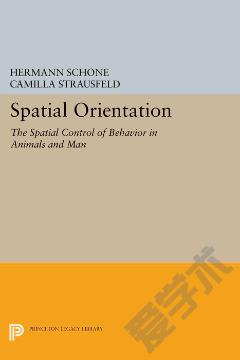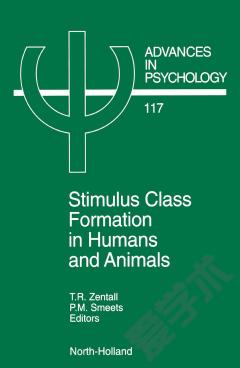Spatial Orientation in Humans and Animals
The volume entitled "Spatial Orientation in Humans and Animals" edited by Dr. Robert Lalonde, from the department of Psychology at the University of Normandy, France, provides a summary of our current knowledge on the neurobiological mechanisms underlying the way human beings and animals orient themselves in their everyday environment. In chapter 1, Lalonde presents the neuropsychological tests used to study visuospatial processing in human subjects. In chapter 2, Lalonde and Dr Catherine Strazielle, from the Physiology and Anatomy Section at the University of Lorraine, France, present the behavioral tests used to study visuospatial processing in animals. In chapter 3, Strazielle presents the anatomical underpinnings of visuospatial processing, comprising cortico-subcortical circuits that include the posterior parietal cortex and the hippocampus. In chapter 4, Lalonde describes the spatial deficits found in patients with Alzheimer's disease and in chapter 5, the same author along with Strazielle and Dr Ken-ichiro Fukuchi, from the department of Medicine at the University of Illinois at Peoria, USA, describe the maze deficits found in animal models of Alzheimer's disease. In chapters 6 and 7, Lalonde enumerates the spatial deficits encountered in patients with basal ganglia disorders, such as Parkinson's disease and Huntington's chorea, together with the animal models used to mimick these conditions. In chapter 8, Lalonde describes the spatial deficits found in patients with disorders of the cerebellum. In chapter 9, the final one, Lalonde and Strazielle describe the maze deficits in animal models of cerebellar atrophy. Altogether, this book provides a unique summary of our present knowledge about the neural basis of spatial orientation both in human subjects and animal models.
{{comment.content}}








 京公网安备 11010802027623号
京公网安备 11010802027623号